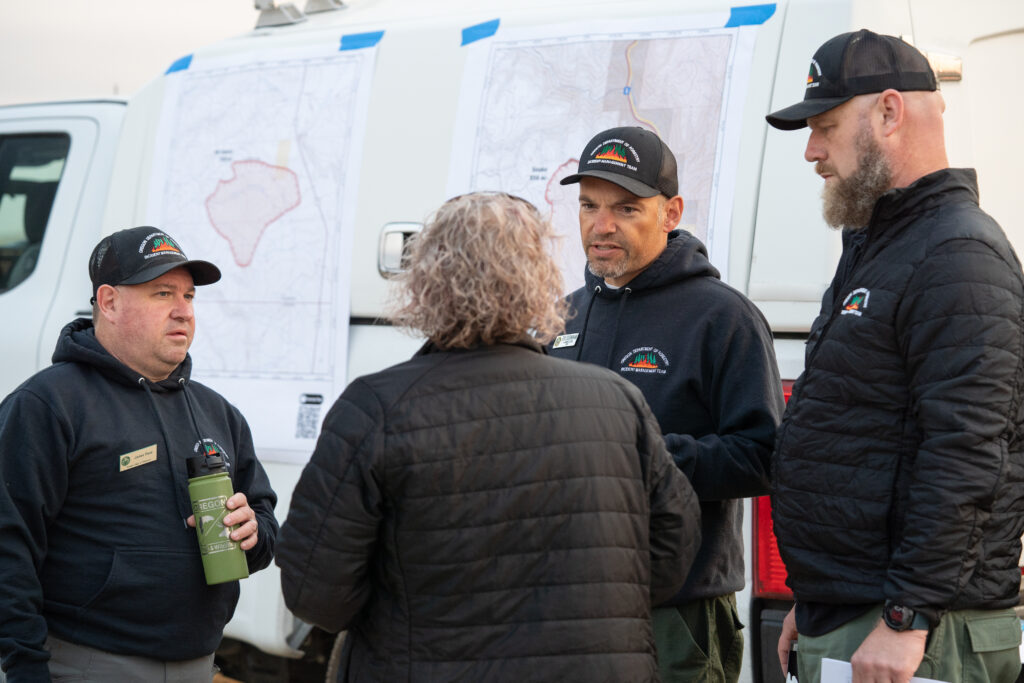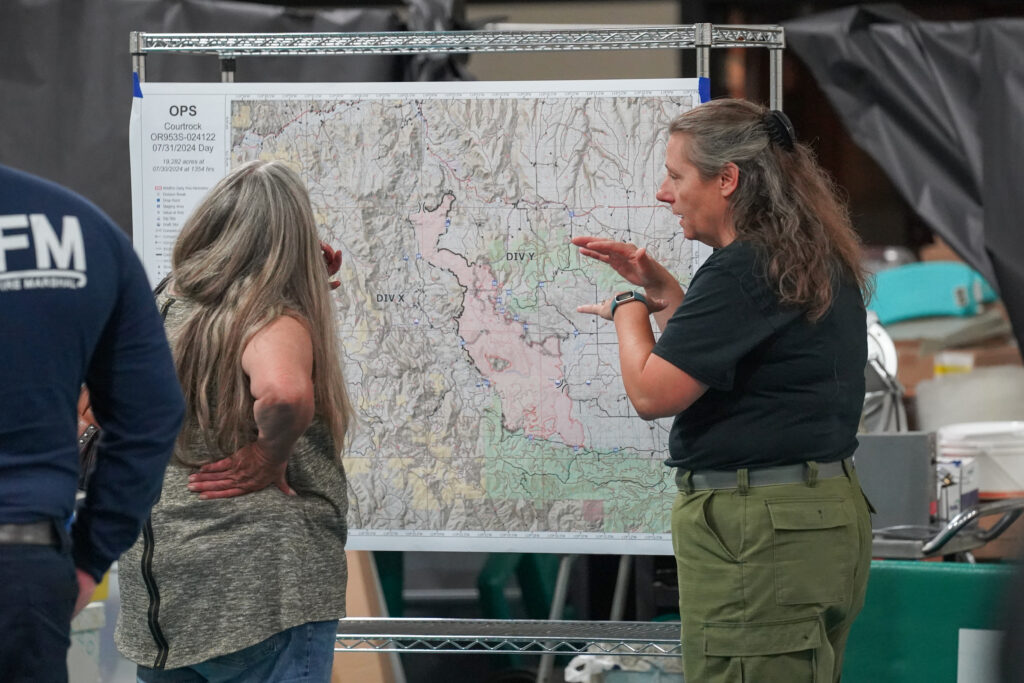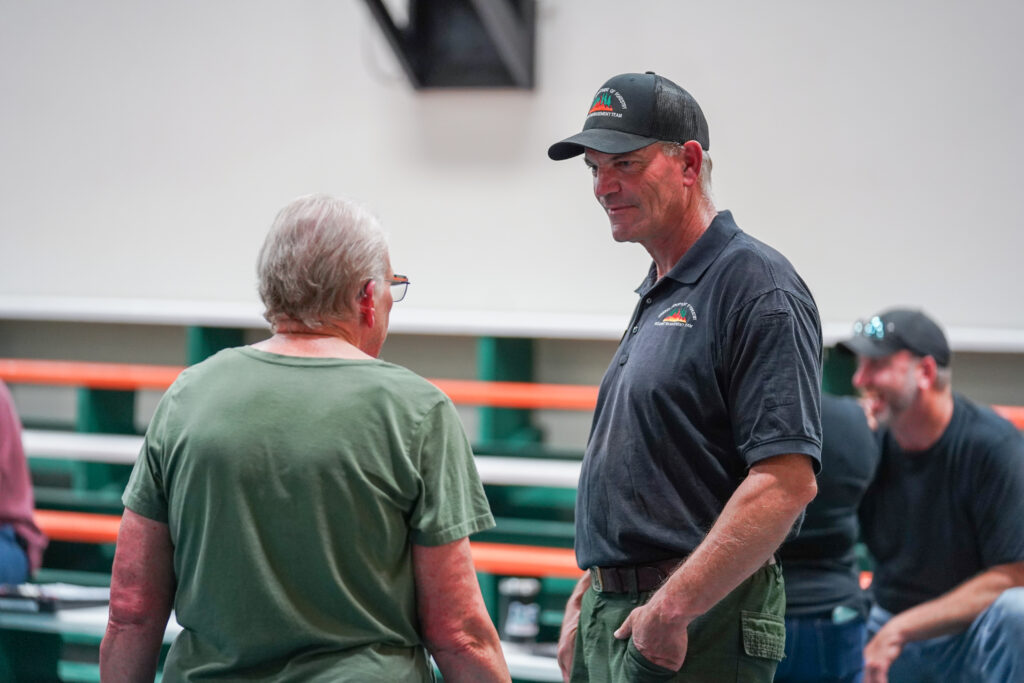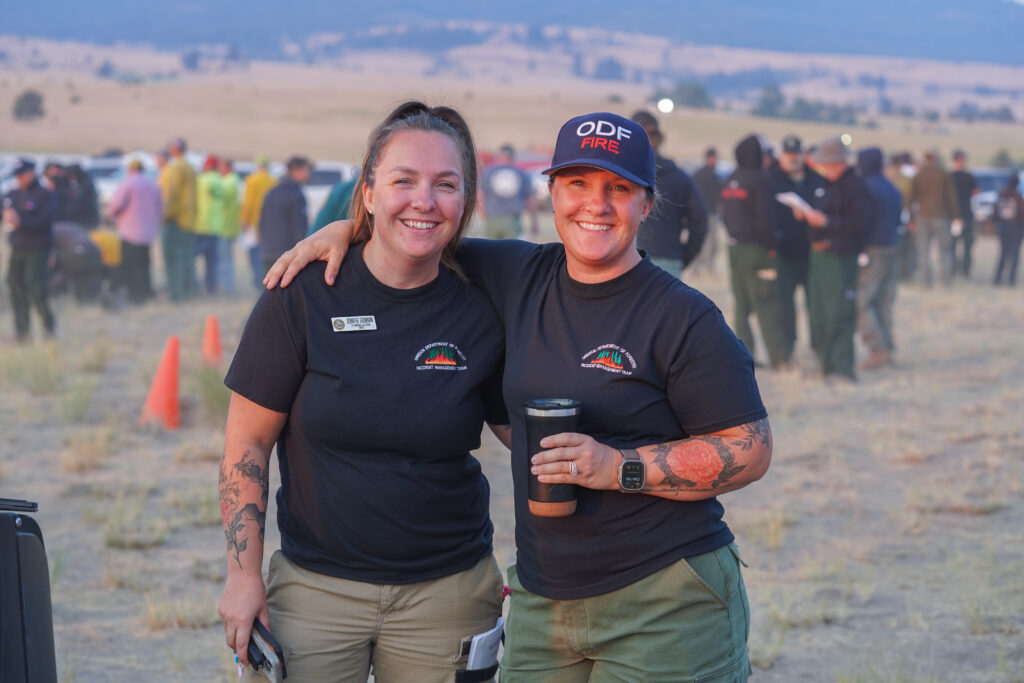August 28, 2024
Meteorologists are predicting east winds and warmer weather this week and into the weekend to the northwest corner of the state. Fire managers will be increasing the fire danger level to High (yellow) for recreationists using the forests in the Northwest 2(NW-2) and Northwest 3(NW-3) weather zones. This change will be effective at 12:01 am Thursday, August 29, 2024.
All OHV trails in the Nicolai Mountain OHV Riding Area will close at 1:00 pm daily during High (yellow) Fire Danger level. Additionally, all campfires and barbeques are prohibited in the dispersed campsites in the Nicolai OHV Area (Shingle Mill, Viewpoint, Kerry, Plympton) and Lost Lake.
In NW-2 and NW-3 under the fire danger level High (yellow): Campfires are only allowed in designated metal fire pits at the following locations: Henry Rierson Spruce Run Campground, Gnat Creek Campground, Northrup Creek Horse Camp and Beaver Eddy sites in Clatsop County. For other campgrounds, check with the corresponding ODF office.
Burn barrels and residential campfires are not allowed in NW-2 and NW-3 under High (yellow).
For industrial forest operations: NW-1 will remain at Level I and NW-2 and NW-3 will move to Level II, with most operations shutting down at 1:00 p.m.
Fireworks, exploding targets/tracer ammunition, sky lanterns are prohibited at all levels during fire season.
For up-to-date recorded information about fire season requirements, call 503-325-7215. To request a burning permit or obtain additional information, call 503-325-5451 during business hours.
Public Restrictions Website: https://www.oregon.gov/odf/fire/pages/restrictions.aspx
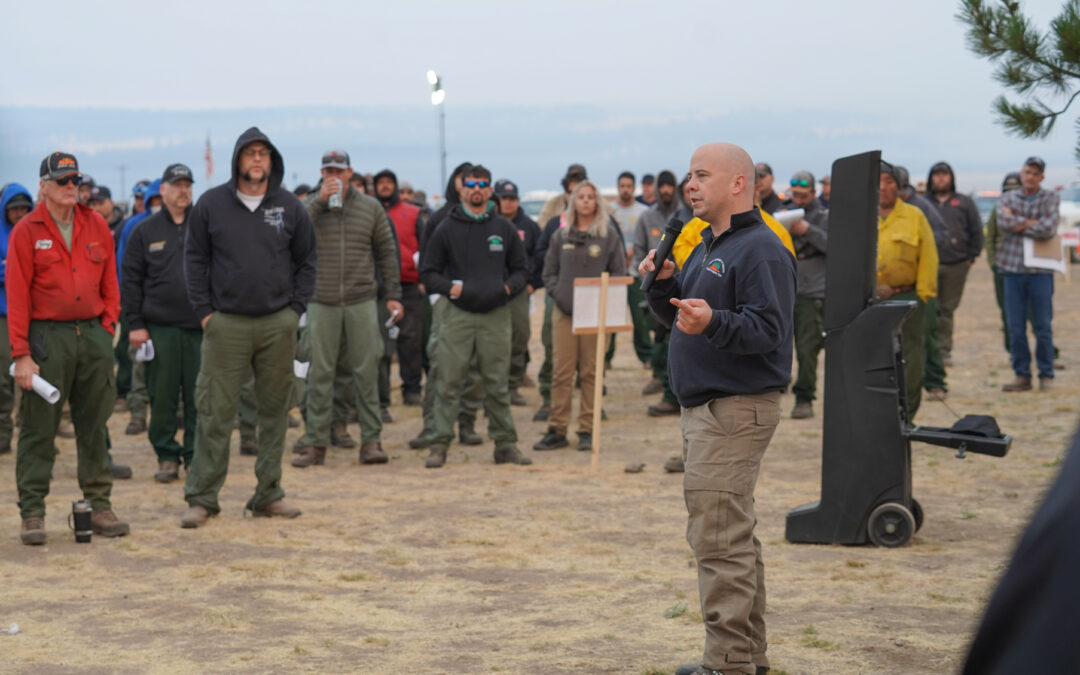
August 1, 2024
Salem, Ore. – This week marked the 12th deployment for the Oregon Department of Forestry’s incident management teams (IMT)—11 during fire season and one following the ice storm earlier this year.
An IMT is a group of specially trained and qualified personnel who together provide the type of highly adaptable and coordinated infrastructure necessary to manage elements associated with all types of emergencies. ODF’s three Type 1 IMTs are qualified to handle the most complex incidents and deploy all throughout Oregon, nationally and internationally to provide help when it is desperately needed.
The 1955 fire season revealed a gap in Oregon’s wildfire response capacity—a trained, qualified team of people able to come in and handle major fires when the incident management needs exceeded the capabilities of local resources. In 1956, ODF’s first incident management team deployed to do just that. Since then, ODF’s three IMTs have been deployed in state nearly 200 times. About a quarter of those deployments have been in just the past decade, corresponding with the increase in wildfire complexity and intensity we’ve been experiencing in Oregon.
While the majority of team deployments have been wildfire incidents, ODF’s IMTs are all-hazards qualified and have responded to a variety of other emergencies. In recent years, the agency has supported Curry County’s response to a cyber security incident and Lane County’s response to the ice storm this past February. Early in the pandemic, our team members were tasked with helping establish the incident command structure necessary to sustain the state’s response to COVID-19.
“The professionalism, expertise and adaptability of our IMTs mean that we can answer the call to help our fellow Oregonians and their communities through more than just wildfires,” said ODF’s Protection Division Chief Chris Cline.
In fact, this week’s deployment is also for something other than wildfire response. This fire season was particularly intense for eastern Oregon, and the work doesn’t stop when the fire is contained. Once the flames are out, actions begin to repair damages caused by suppression efforts. ODF Team 3 was called in to provide the complex logistical and overhead support needed to assess more than 500 miles of fire line for suppression repair needs and get that work started.
Being part of an IMT requires significant commitment, especially during fire season. Standard deployments are 14 days in a stressful, austere environment. Staff typically work 16-hour days and then head to catch some sleep in a tent, in a field, or in a parking lot.
“ODF’s incident management teams are comprised of individuals committed to serving something bigger than themselves,” said Blake Ellis, ODF’s Fire Operations Manager.
But the bigger sacrifice is the year after year of missed birthdays, anniversaries, summer vacations and other quality time with family and friends.
“The hardest part isn’t the long hours and days, but rather being away from my loved ones and at times missing important moments,” said Jennifer Erdmann, ODF IMT 1 Planning Section Chief. “But we know that when we sign up to be a part of a team, in a way we’re signing our families up for it as well.”


